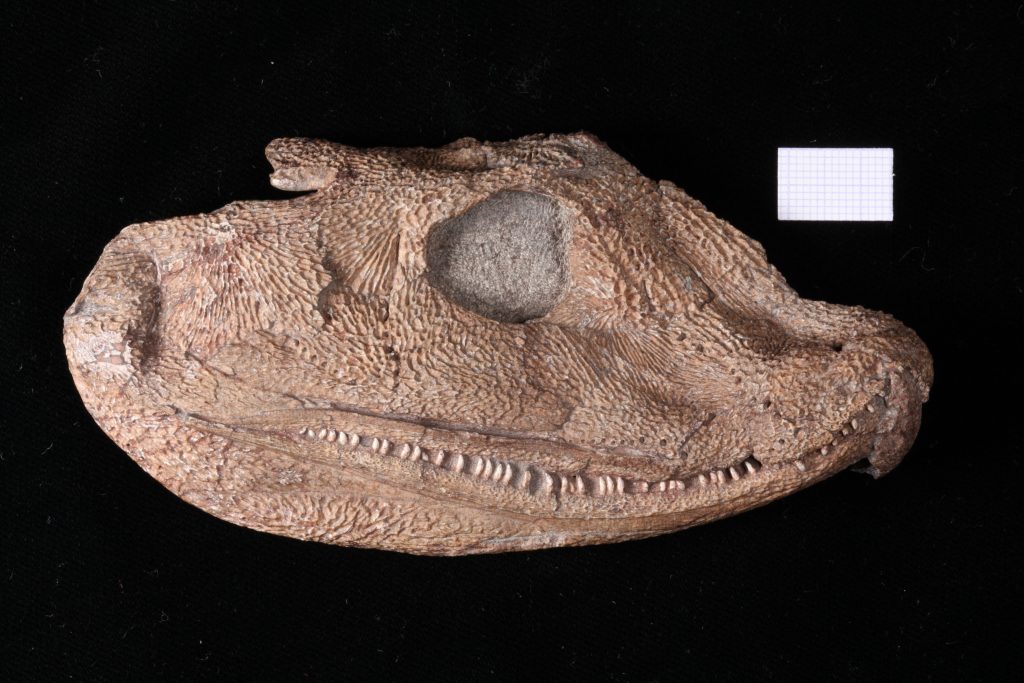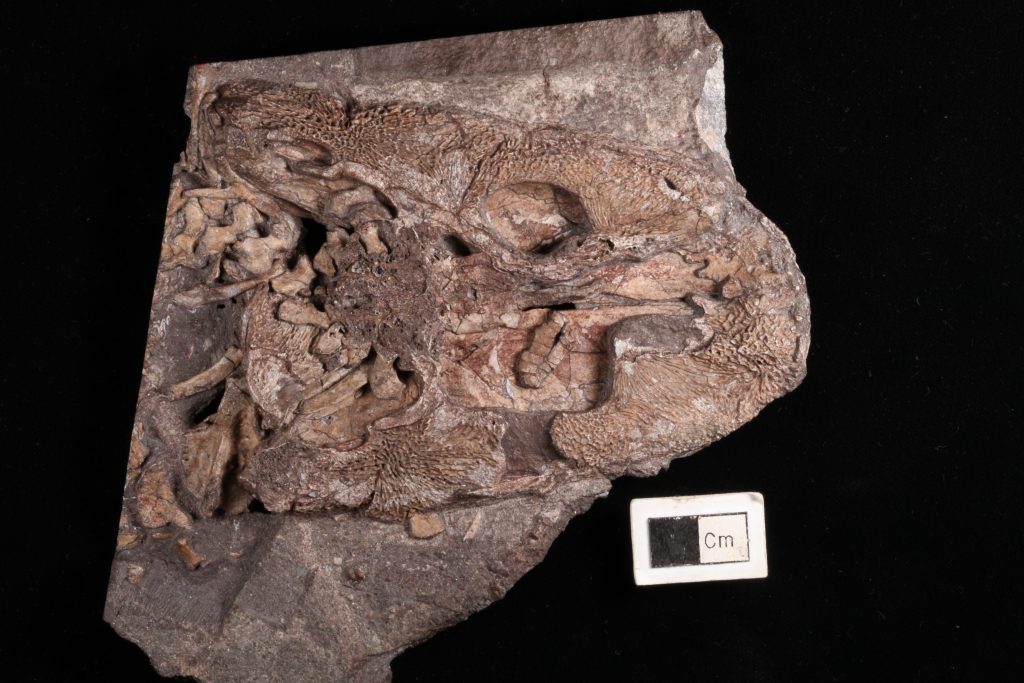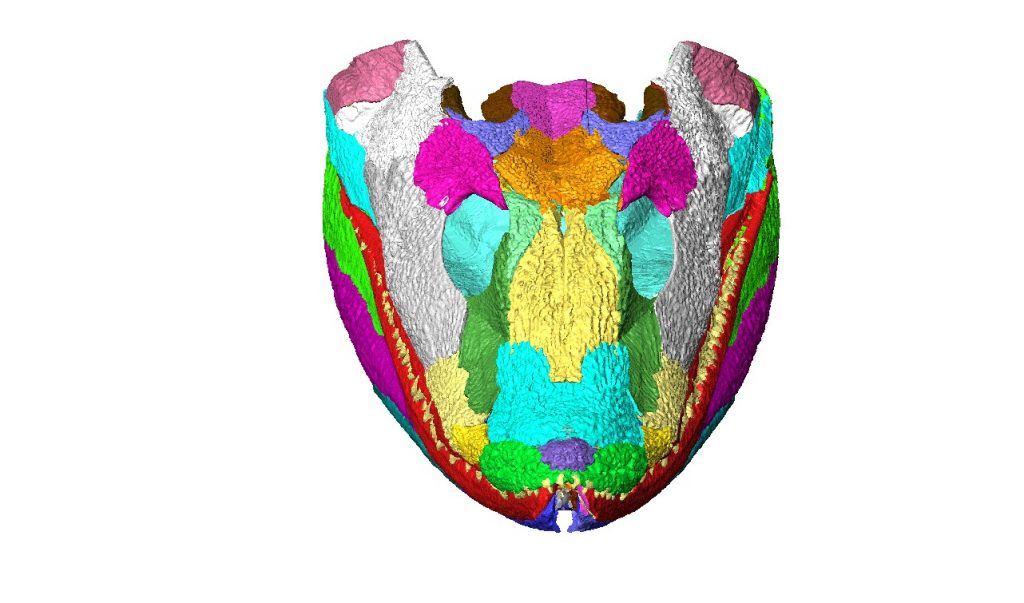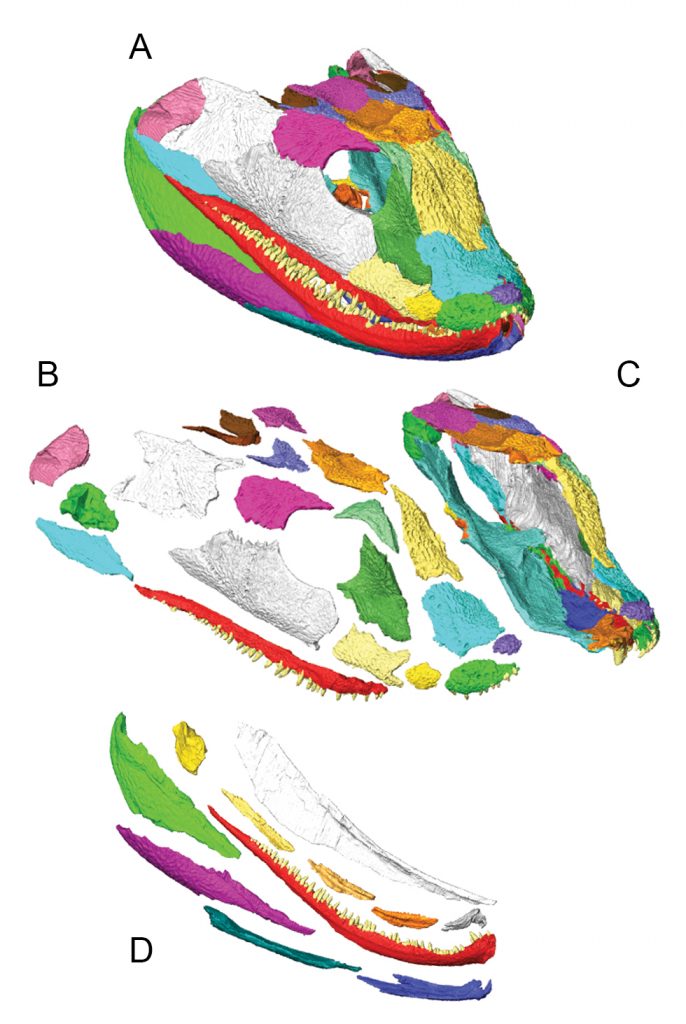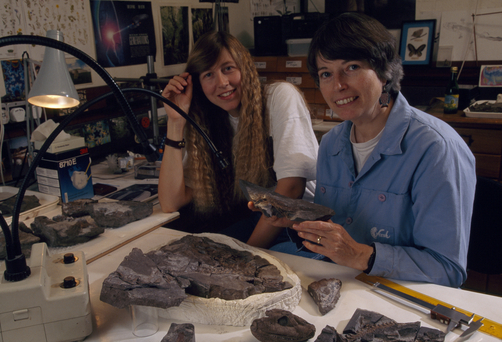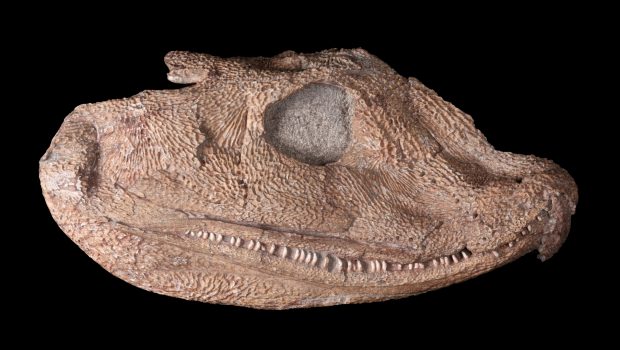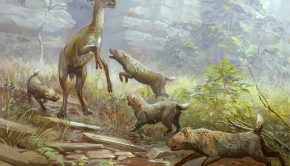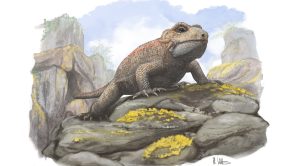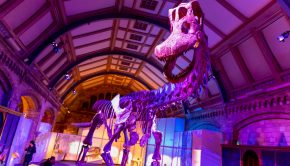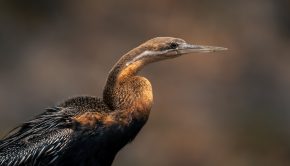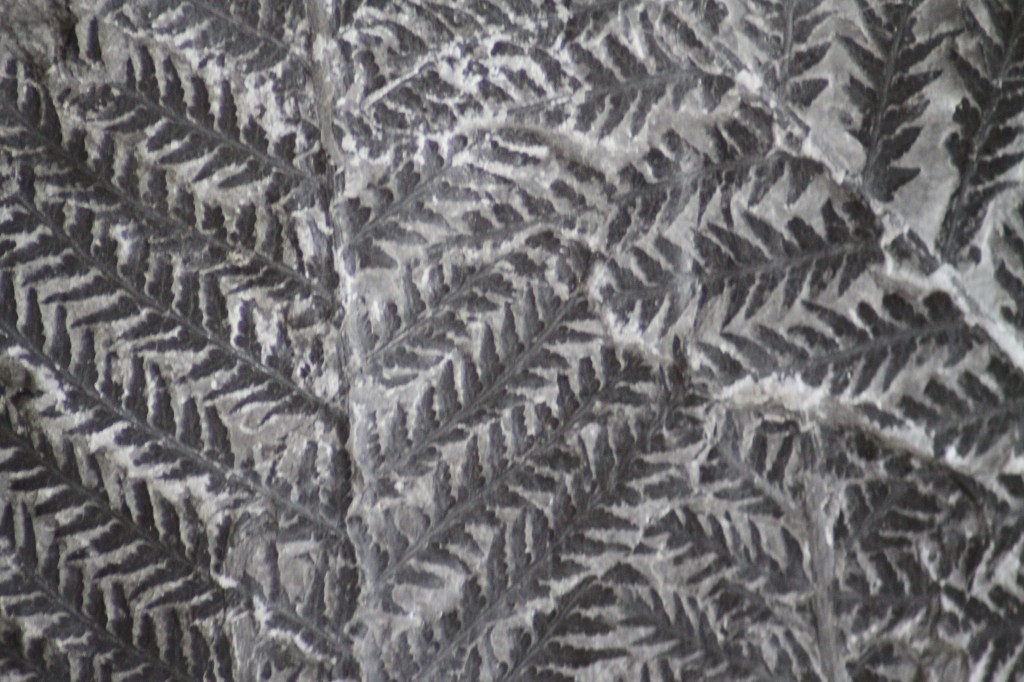Episode 109: Early Tetrapod Feeding Mechanics
Early tetrapods include the earliest animals to grow legs, and their closest ancestors. Moving from the water to land required a number of changes within the skeleton and muscular system, related to moving from swimming to crawling, greater pressure on the body after experiencing further effects of gravity without buoyancy, and the difference in feeding with and without water. This transition is commonly referred to as the ‘water-to-land’ transition. While a significant amount of work has been done on the anatomical changes through this period, there has been less study on the biomechanics. What has been looked at tends to relate to the mechanical changes related to walking on land and the limbs. However, less has been done looking at the skull mechanics and feeding.
Early tetrapod work was pioneered by Professor Jenny Clack. She did a lot of early field work and description, understanding this transition better than anyone. Sadly, Professor Clack passed away in March, but has left behind a legacy of other professors, post docs and students around the globe which she inspired. In this episode, we talk to Dr Laura Porro from University College London about her work on early tetrapod feeding and skull mechanics, and how the skull changed over the water-to-land transition, work which was done with and inspired by Jenny.
